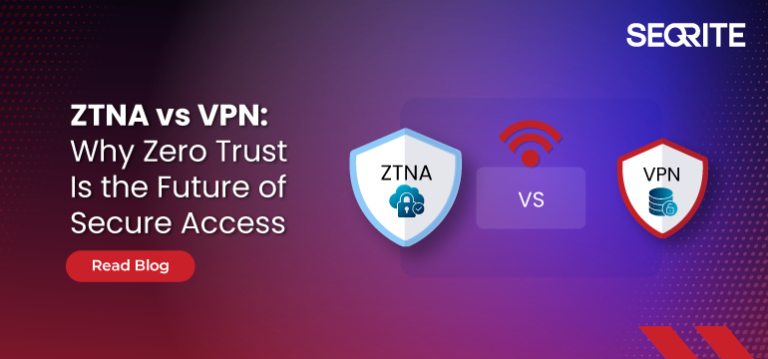ZTNA vs VPN: Rethinking Secure Access for the Modern Enterprise

Strong 8k brings an ultra-HD IPTV experience to your living room and your pocket.
The cybersecurity landscape is evolving fast—and so must the tools we use to protect enterprise resources. For years, Virtual Private Networks (VPNs) have been the standard for remote access. But with businesses going hybrid, workloads moving to the cloud, and cyberattacks growing more sophisticated, VPNs are no longer enough.
That’s where Zero Trust Network Access (ZTNA) steps in. It’s not just a new tool—it’s a fundamentally different approach to secure connectivity. The conversation around ZTNA vs VPN has become increasingly important as organizations reconsider how to protect users, devices, and applications.
VPNs: A Model Past Its Prime
VPNs were built for a time when the office network was the center of business activity. Their job was to create an encrypted tunnel between the user and the corporate environment. Simple. Secure. Effective—at least back then.
But the reality today is more complex. Remote users, BYOD policies, and cloud-hosted apps have made traditional VPNs clunky and vulnerable. Once a user is connected via VPN, they typically have wide access to the network, even to resources they don’t need. That kind of implicit trust is exactly what attackers exploit.
VPNs also rely heavily on passwords and don’t provide enough context-aware security. They slow down applications, complicate scaling, and offer little visibility into what users do after logging in. These shortcomings have become critical gaps in the modern digital workplace.
ZTNA: A Smarter, Safer Approach
ZTNA flips the old model by assuming that no user or device should be trusted by default. Instead of giving users blanket access to an entire network, ZTNA verifies identity, device health, and user context before granting access to each individual app or resource.
This creates a much smaller attack surface. If a hacker gets in, they can’t move laterally because access is restricted at every step. ZTNA policies adapt in real-time, allowing or blocking access based on current behavior, risk levels, and location.
Plus, ZTNA is inherently cloud-friendly. It supports modern workflows across on-premise systems, cloud environments, and SaaS platforms without the heavy lift of legacy infrastructure.
Real-World Benefits of ZTNA
Organizations adopting ZTNA are seeing major improvements in both security and user experience. Access is faster and more direct, eliminating the performance lag often associated with VPNs. Employees connect to only the applications they need, reducing distractions and security risks.
For security teams, ZTNA brings much-needed visibility. Every access request is logged, analyzed, and controlled—helping with compliance, threat detection, and response planning.
More importantly, ZTNA is built for scale. Whether you’re supporting 50 users or 5,000, ZTNA grows with your business, ensuring security never becomes a bottleneck.
Transitioning from VPN to ZTNA
The good news? You don’t have to make the jump all at once. Many organizations start by using ZTNA for specific cloud apps or high-risk access points, while keeping VPNs in place for legacy systems. Over time, they reduce VPN usage and transition to a fully Zero Trust model.
The shift requires a clear strategy: understand who needs access to what, assess risk levels, and build policies that align with business goals. With careful planning, the move from VPN to ZTNA becomes a strategic upgrade—not just a technical one.
Final Thoughts
VPNs served their purpose, but their time is running out. As threats grow and work becomes more distributed, businesses need a better way to protect access. ZTNA is that better way—a modern, adaptive, and secure approach that’s built for how we work today.
Note: IndiBlogHub features both user-submitted and editorial content. We do not verify third-party contributions. Read our Disclaimer and Privacy Policyfor details.







